14 hrs, 12 kms
Date changed for geographic continuity
I want to take my time re-exploring Carlisle
. It's one of my favorite towns in the Pennsylvania Capital Metropolis, with a grand Main Street, various places of interest, people I want to see, and one of the best Coffeehouse Open Mikes I've been to.
Today will be a loop day--no need to drop off my bicycle anywhere. My first objective is the War Museum out by the Carlisle War college, a place where high ranking military officials go to further their education. I'm going to put my feeling about the military to the side, and try to visit this place with an open mind.
After a couple of displays on military training, the musuem goes conflict by conflict displaying and describing what happened in each one. They include harrowing personal accounts describing the horrors experienced by the foot soldiers.
I've been to several military museums around the world... Armenia... Vietnam... Turkey... and I do notice something different here. Most of those museums were extremely one sided in their presentation, making it clear "we" were the heroes, the victims, the good guys
... "they" were the villians, the bad guys. I must say I'm relieved to not see that here. It just described what happened, and how people who were there felt about it. As matter of fact, when I get to the Vietnam display, on the wall it clearly states "The original objectives of this war were not achieved." I think it's the closest I've ever heard the military or the US government come to admitting that we lost that war.
Of course, there's not much mention of atrocities committed by the US military. And one display that is notably absent is any mention of the wars with the Native Americans and massacres committed by the US armed forces during that time.
There are displays of the military activities during the "peaceful years" between the Vietnam War and the Iraq Wars. During this time America limited itself to smale scale operations like Grenada and Panama... and humanitarian missions like in Somalia and Haiti. I suddenly feel a nostalgia for that time in our history
... the time of my childhood and youth when, after our Vietnam debacle, Americans simply lost interest in doing full scale invasions and occupations.
Wish that era had lasted a lot longer...
I head outside, where there's a mile long trail through the fog, past tanks, helicopters... a Vietnam War style lookout posts... a Civil War style camp... a Revolutionary War style fort... some World War I style trenches. The fog gives it
a mysterious melancholic feel as I wander about, trying to get a mental picture of each of these combats.
Next to the museum is something that gives a very different image of the American military: a very upscale neighborhood of large homes and a golf course in the center... for military officers. Makes you wonder how much of our enormous military expenditures actually go towards actual wars, and how much goes towards.
.. things like this...
The growling in my stomach brings me back to the present. I'm going to meet up with a former warehouse supervisor/friend and his wife for Chinese buffet, so I need to head back into town.
Chris is doing well, working his way up in the company. He's had to work very hard to get to where he is a and still feels very connected with the hourly worker hauling boxes in the frigid warehouse.
"Never forget where you came from, my mother always told me"
Nowadays, he says, it's hard to find serious workers--or even serious supervisors. The new generation is used to having it easy. Something I've been hearing a lot lately. I would've thought that after the economic crisis, young folks would value the opportunity to be able to work hard and earn a good wage, but that doesn't seem to always be the case--a I've observed as well.
..
The Carlisle Indian Conference
I head back to downtown to take some more pictures and where some plaques catch my attention. There's a plaque honoring an expeditionary force that fought the French in the French-Indian War--you don't see much importance to that pre-independence conflict when colonists were fighting with the British...
Another rare plaque is one dedicated to the "1753 Carlisle Indian Conference" when representatives from Pennsylvania government met with Indian leaders to discuss problems and hammer out some agreements that would work out for both parties, such as regulating the fur trade and limiting the sale of alcohol to Indians.
I get a sudden, brief glimpse of our "could've been history". Perhaps subconsciously many Americans feel that the wars, massacres and ultimate destruction of Native American cultures was "bad" but ultimately "unavoidable" for the establishment of the powerful country of the USA that we have today
.
But things like this are a reminder that, no, things could have been different. There were plenty of Native Americans who really wanted to work things out peacefully and I'm sure many of others would have come around if it had been clear that negotiations was the best long term solution for their people. The problem was that most whites at that time simply didn't see Indians as people. They were seen simply as obstacles to expansion. Sadly, this conference here in Carlisle was an exception and not the rule. But it didn't have to be this way.
The Indian School Cemetery
Further down the road is a reminder of a more somber era in White American-Native American relations. It's a cemetery with identical tombstones. At first I think its an old Civil War cemetery, but no. A plaque states that these are the tombs of Indian students who came to study at boarding school for Indian young people brought here to Carlisle
. I look at the tombs, sure enough, you see names like "Abe Lincoln son of Antelope Cheyenne" a vivid image of how white culture was imposed on these students.
But my question is: why a cemetery at a school? It seems very odd that so many young people should die--while in school!
Later I ask a lady at the historical society about this. She explains
"When these young people were brought here, many didn't have immunities to white man's diseases, that's why so many of them died"
"Do you think there was any benefit for them because of this school?"
"No. None. They would come in their best native dress, they forced to throw those clothes away, cut their hair and told to look and act like white people. However, even if they did do well in school they still couldn't find jobs in American society, because they were Indian
..."
This whole thing does look like a classic case of good intentions gone wrong...
I don't feel any rush to walk long distances today. It seems to be more a day of quiet reflection. I take my time wandering around the historical society museum. An image that really sticks in my mind is two aerial photos of the suburbs of Harrisburg. Fifty years ago it was all farmland. Now it's all urban sprawl....
I chat with the lady there a bit more... about the problems of our country... about other countries and whether they've got a better or a worse system going than America... about work ethic and the new generation... She's a lot more conservative than me in her viewpoints, but clearly a real thinker and knowledgeable about this region as well as the world. I feel honored to listen and learn from her a bit...
Next it's time to head to one of my favorite Open Mikes: the Courthouse Commons right on the square which has some of the best performers--and most attentive listeners in the area...
It's been a good day.
Post-visit: The Indian School Cemetery
Wednesday, July 30, 2014
 Carlisle, Pennsylvania, United States
Carlisle, Pennsylvania, United States
Other Entries
-
471841. Riverfront Town
Jul 0129 days prior Wormleysburg, United Statesphoto_camera9videocam 0comment 0
Wormleysburg, United Statesphoto_camera9videocam 0comment 0 -
481839. Respected Hobos
Jul 0129 days prior Duncannon, United Statesphoto_camera22videocam 0comment 0
Duncannon, United Statesphoto_camera22videocam 0comment 0 -
49Postvisit: A sunrise or a sunset?
Jul 0426 days prior Harrisburg, United Statesphoto_camera148videocam 0comment 0
Harrisburg, United Statesphoto_camera148videocam 0comment 0 -
501846. Another disappointing Suburb
Jul 0426 days prior Penbrook, United Statesphoto_camera1videocam 0comment 0
Penbrook, United Statesphoto_camera1videocam 0comment 0 -
51Post-visit: The Street Worshipper
Jul 0525 days prior Steelton, United Statesphoto_camera11videocam 0comment 0
Steelton, United Statesphoto_camera11videocam 0comment 0 -
52Post-visit: Past the Airport
Jul 0525 days prior Highspire, United Statesphoto_camera2videocam 0comment 0
Highspire, United Statesphoto_camera2videocam 0comment 0 -
531843. Across from 3 Mile Island
Jul 0525 days prior Royalton, United Statesphoto_camera4videocam 0comment 0
Royalton, United Statesphoto_camera4videocam 0comment 0 -
54Post-visit: Yard Sale day
Jul 0525 days prior Middletown, United Statesphoto_camera9videocam 0comment 0
Middletown, United Statesphoto_camera9videocam 0comment 0 -
55Post-visit: Fishing Day
Jul 0525 days prior Hershey, United Statesphoto_camera12videocam 0comment 0
Hershey, United Statesphoto_camera12videocam 0comment 0 -
561844. A More Typical Town
Jul 1515 days prior Hummelstown, United Statesphoto_camera7videocam 0comment 0
Hummelstown, United Statesphoto_camera7videocam 0comment 0 -
571845. Not Much History Left
Jul 1515 days prior Paxtang, United Statesphoto_camera3videocam 0comment 0
Paxtang, United Statesphoto_camera3videocam 0comment 0 -
581846. Sandwich Suburb
Jul 1515 days prior Lemoyne, United Statesphoto_camera2videocam 0comment 0
Lemoyne, United Statesphoto_camera2videocam 0comment 0 -
59Post-visit: Back to the Park
Jul 1515 days prior Camp Hill, United Statesphoto_camera2videocam 0comment 0
Camp Hill, United Statesphoto_camera2videocam 0comment 0 -
60Post-visit: Suburb with a Soul
Jul 1515 days prior New Cumberland, United Statesphoto_camera3videocam 0comment 0
New Cumberland, United Statesphoto_camera3videocam 0comment 0 -
61Post-visit: A Suburb Utopia?
Jul 2010 days prior Shiremanstown, United Statesphoto_camera4videocam 0comment 0
Shiremanstown, United Statesphoto_camera4videocam 0comment 0 -
62Post-visit : Back to my old home
Jul 2010 days prior Mechanicsburg, United Statesphoto_camera10videocam 0comment 0
Mechanicsburg, United Statesphoto_camera10videocam 0comment 0 -
631847. The Powers of Nature
Jul 255 days prior Mount Holly Springs, United Statesphoto_camera50videocam 0comment 0
Mount Holly Springs, United Statesphoto_camera50videocam 0comment 0 -
64Post-visit: The Indian School Cemetery
Jul 30 Carlisle, United Statesphoto_camera43videocam 0comment 0
Carlisle, United Statesphoto_camera43videocam 0comment 0 -
65Post-visit: Disappearing Farmland
Jul 311 day later Carlisle, United Statesphoto_camera0videocam 0comment 0
Carlisle, United Statesphoto_camera0videocam 0comment 0 -
66Postvisit: Hiking in the Rain
Aug 012 days later Newville, United Statesphoto_camera9videocam 0comment 0
Newville, United Statesphoto_camera9videocam 0comment 0 -
67Post visit: Clean up Day
Aug 012 days later Shippensburg, United Statesphoto_camera14videocam 0comment 0
Shippensburg, United Statesphoto_camera14videocam 0comment 0 -
681848. The Amish Schoolhouse
Aug 078 days later Newburg, United Statesphoto_camera23videocam 0comment 0
Newburg, United Statesphoto_camera23videocam 0comment 0 -
691849. Changes in the Village
Aug 1516 days later Orrstown, United Statesphoto_camera6videocam 0comment 0
Orrstown, United Statesphoto_camera6videocam 0comment 0 -
70Postvisit: The Edge of the Mountain
Aug 1516 days later Pleasant Hall, United Statesphoto_camera9videocam 0comment 0
Pleasant Hall, United Statesphoto_camera9videocam 0comment 0 -
71Post-visit: The "Real" Appalachia
Aug 2324 days later Roxbury, United Statesphoto_camera21videocam 0comment 0
Roxbury, United Statesphoto_camera21videocam 0comment 0 -
721850. A Covered Bridge
Sep 0133 days later Shade Gap, United Statesphoto_camera9videocam 0comment 0
Shade Gap, United Statesphoto_camera9videocam 0comment 0 -
731851. Following the Trolley Line
Sep 0133 days later Rockhill Furnace, United Statesphoto_camera5videocam 0comment 0
Rockhill Furnace, United Statesphoto_camera5videocam 0comment 0 -
741852. Escaping the Rain
Sep 0133 days later Orbisonia, United Statesphoto_camera4videocam 0comment 0
Orbisonia, United Statesphoto_camera4videocam 0comment 0 -
751853. Across the Bridge
Sep 0133 days later Shirleysburg, United Statesphoto_camera7videocam 0comment 0
Shirleysburg, United Statesphoto_camera7videocam 0comment 0 -
761854. American Cemeteries
Sep 0739 days later Mount Union, United Statesphoto_camera10videocam 0comment 0
Mount Union, United Statesphoto_camera10videocam 0comment 0 -
771855 My One Hour Hike in Mifflin County
Sep 0739 days later Kistler, United Statesphoto_camera5videocam 0comment 0
Kistler, United Statesphoto_camera5videocam 0comment 0 -
781856 Climbing 1,000 Steps
Sep 0739 days later Mapleton, United Statesphoto_camera28videocam 0comment 0
Mapleton, United Statesphoto_camera28videocam 0comment 0 -
791857 Gun Country
Sep 0739 days later Mill Creek, United Statesphoto_camera6videocam 0comment 0
Mill Creek, United Statesphoto_camera6videocam 0comment 0 -
801858 Pre-dawn Tour
Sep 0840 days later Huntingdon, United Statesphoto_camera11videocam 0comment 0
Huntingdon, United Statesphoto_camera11videocam 0comment 0 -
811859 Forest full of Deer
Sep 0840 days later Petersburg, United Statesphoto_camera19videocam 0comment 0
Petersburg, United Statesphoto_camera19videocam 0comment 0 -
821860 Why Huntingdon is in Decline
Sep 0840 days later Alexandria, United Statesphoto_camera15videocam 0comment 0
Alexandria, United Statesphoto_camera15videocam 0comment 0

 Carlisle, Pennsylvania, United States
Carlisle, Pennsylvania, United States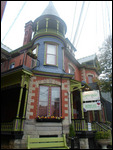
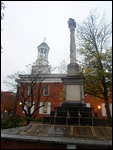
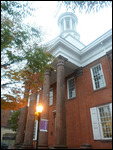
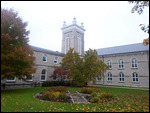
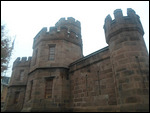
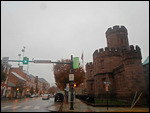



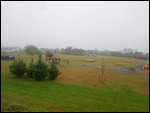
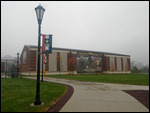
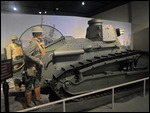
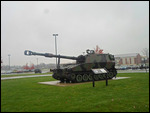
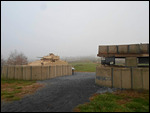
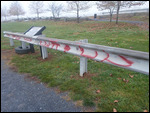
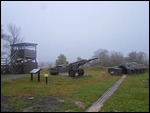
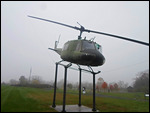
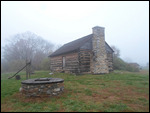
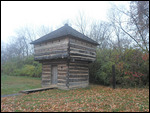
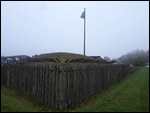
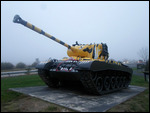
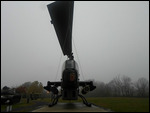
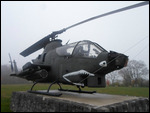
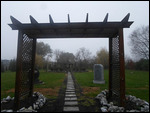
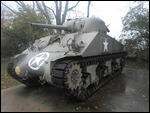
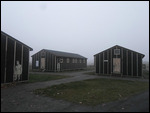
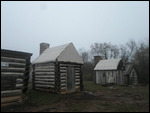
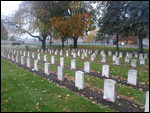
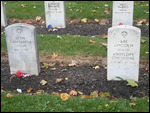
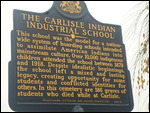
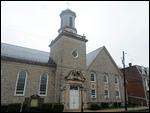
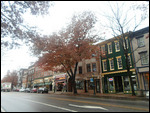
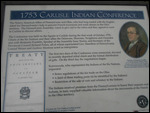

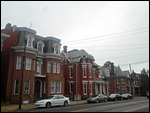
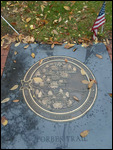
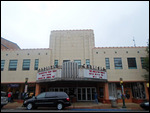
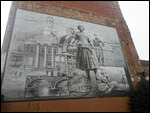

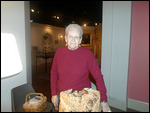
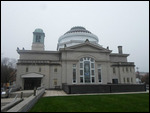
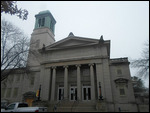
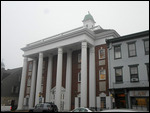
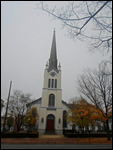
2025-05-22